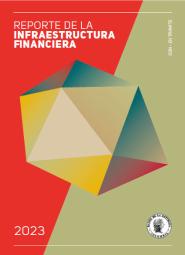Staff, Functions, and Staff Costs at Central Banks:An International Comparison with a Labor-demand Model
La serie Borradores de Economía es una publicación de la Subgerencia de Estudios Económicos del Banco de la República. Los trabajos son de carácter provisional, las opiniones y posibles errores son responsabilidad exclusiva del autor y sus contenidos no comprometen al Banco de la República ni a su Junta Directiva.
During the period 2000-2004 central banks sustained a generalized reduction in their staff, which was accompanied, in most cases, with significant increases in staff costs. This could obey to an enhanced interest of central banks in focusing on their core functions. In fact, central banks have changed the ways they perform their operative functions (e.g. currency operations, payment systems operation, printing notes, etc.) through different strategies aimed at gathering the participation of third parties. These strategies differ according to the relationship that central banks have with the financial sector and the government, as well as to their historical tradition and modernization trend. To explain the effect of these changes on the staff, we estimated a short-term labor demand function for 66 central banks using a panel data model with random effects. Results indicate that central banks labor demand is strongly determined by the countrys population, economic development level and changes in operative functions, as well as by staff costs. In addition, we found a low employment-wage elasticity suggesting the presence of a flexible budgetary constrain in central banks.
La serie Borradores de Economía es una publicación de la Subgerencia de Estudios Económicos del Banco de la República. Los trabajos son de carácter provisional, las opiniones y posibles errores son responsabilidad exclusiva del autor y sus contenidos no comprometen al Banco de la República ni a su Junta Directiva.





















































